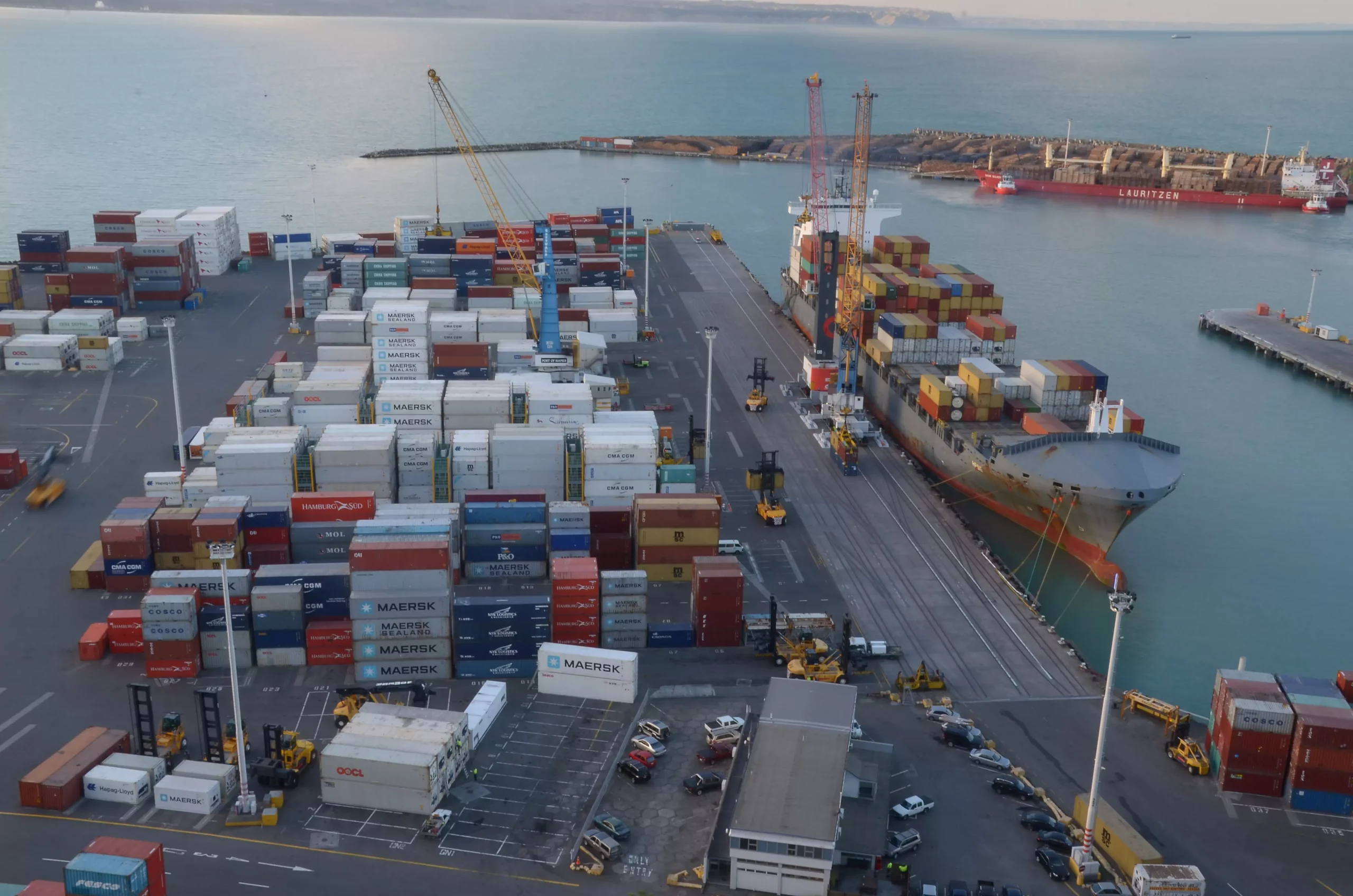The EU is clamping down on carbon emission cheats and leaks within the bloc with the recently adopted Carbon Border Adjustment Mechanism.
The European Union (EU) has some of the world’s most ambitious carbon reduction policies.
Under the “Fit for 55” package, the EU aims to lessen its greenhouse gas emissions by 55% by 2030 using 1990 levels as a benchmark. To get there, it will rely heavily on “cap and trade” in the form of a trading system.
CAP AND TRADE
“Cap and trade” is when a government sets an emissions cap and issues emission allowances in line with that cap. Emitters must hold allowances for every tonne of greenhouse gas they emit. Companies may buy and sell allowances, and this market establishes an emissions “price”.
This is all fine and good, but in practice, this opens the door to what is known as “carbon leakage”, where EU based companies outsource production to nations with less strict rules or when high-carbon emitting products replace EU made products, thus defeating the good these regulations intend.
LANDMARK TOOL
To combat carbon leakage, the EU has implemented the Carbon Border Adjustment Mechanism (CBAM).
“The CBAM is our landmark tool to put a fair price on the carbon emitted during the production of carbon intensive goods that are entering the EU, and to encourage cleaner industrial production in non-EU countries,” explains the EU.
CBAM will be gradually phased in, starting 1st October and will run until the end of 2025, when companies will be expected to have fully stopped the practice of using free allowances under the Emissions Trading System (ETS) currently in place.
According to officials, “By confirming that a price has been paid for the embedded carbon emissions generated in the production of certain goods imported into the EU, the CBAM will ensure the carbon price of imports is equivalent to the carbon price of domestic production, and that the EU’s climate objectives are not undermined. The CBAM is designed to be compatible with World Trade Organization-rules.”
HOW IT WILL WORK
EU importers will register with national authorities. They will be able to purchase CBAM certificates based on weekly ETS allowances. They then declare embedded emissions from imports and must give back the corresponding number of certificates for what they use every year. If the importer can show proof that a carbon fee has already been paid during the production of a good, those amounts can be deducted, thus keeping them in line with overall emissions goals.
Sectors covered in the first phase include iron, steel, electricity, cement, aluminium, hydrogen and fertiliser.
To help businesses prepare, the EU has written up guidelines as well as online training tools. Click here for more information.
Make sure you’re never left out of the conversation.
Sign up for the Monaco Life newsletter, and follow us on Facebook, Twitter, Instagram and LinkedIn.
Photo source: Unsplash
